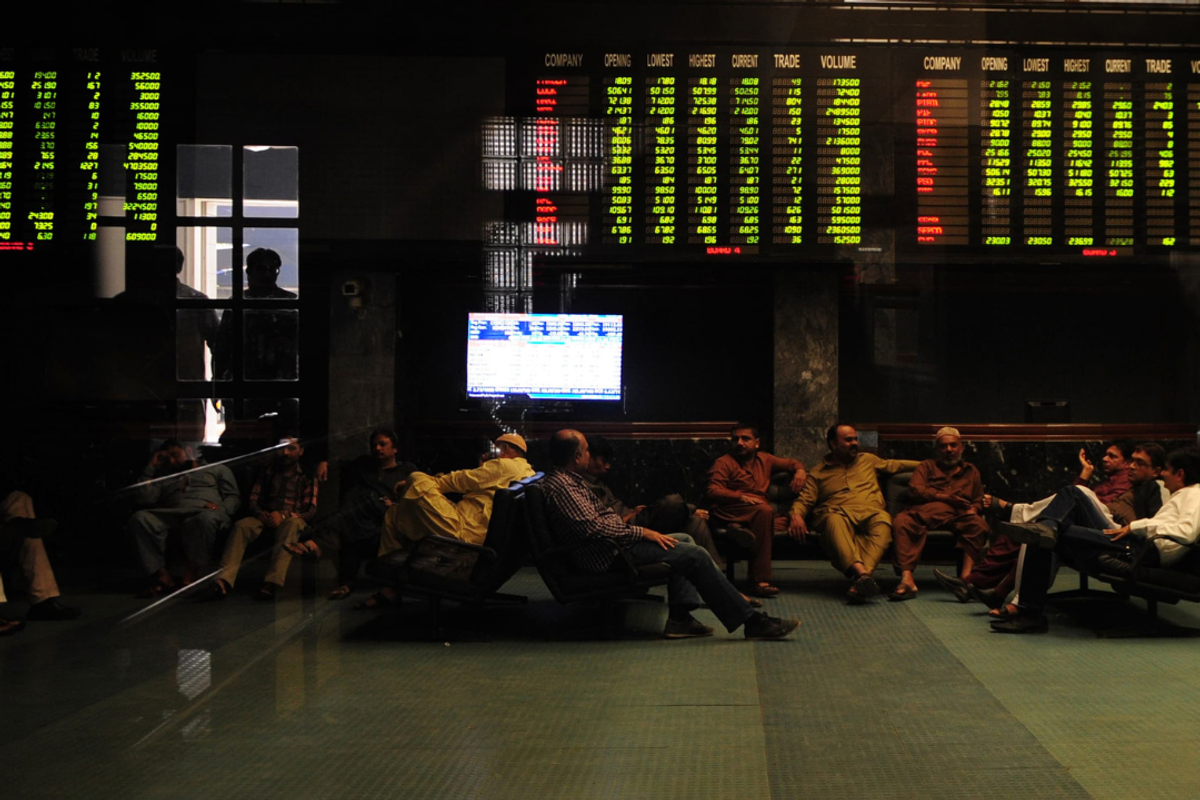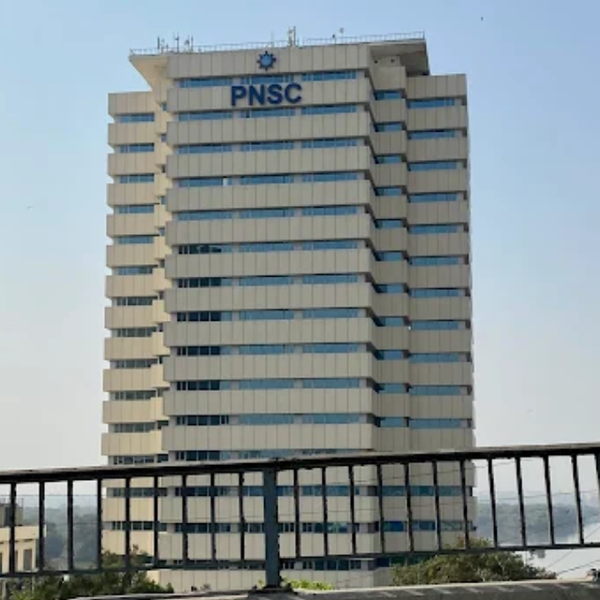Companies listed on KSE-100 post PKR 1.66T profit in FY25, up 1.8%
Banking, cement and pharma drive growth as energy and textile sectors drag

Haris Zamir
Business Editor
Experience of almost 33 years where started the journey of financial journalism from Business Recorder in 1992. From 2006 onwards attached with Television Media worked at Sun Tv, Dawn Tv, Geo Tv and Dunya Tv. During the period also worked as a stringer for Bloomberg for seven years and Dow Jones for five years. Also wrote articles for several highly acclaimed periodicals like the Newsline, Pakistan Gulf Economist and Money Matters (The News publications)

The cumulative profitability of companies listed on Pakistan’s benchmark KSE-100 index, which represents 93% of the market’s capitalization, inched up 1.8% year-on-year to PKR 1.66 trillion in fiscal year 2024-25, according to data compiled by Arif Habib Limited (AHL).
The modest growth was fueled by strong earnings in select sectors, including investment banks, which rose 205% year-on-year, pharmaceuticals at 119%, miscellaneous industries at 43%, cement at 41%, and auto assemblers at 39%. In contrast, declines were recorded in textiles (-55%), chemicals (-41%), power (-40%), exploration and production (-20%), and insurance (-2%).
Commercial banks, the largest sector, reported a 9% rise in earnings to PKR 592 billion, supported by higher net interest income, capital gains, and lower provisioning costs. Cement profits surged 41% to PKR 155 billion on the back of improved retention prices, increased exports, an enhanced power generation mix, and lower financing costs amid falling interest rates.
Oil and gas exploration companies saw profits drop 20% to PKR 351 billion due to lower global oil prices, reduced production—down 12% in oil and 8% in gas—and currency effects. The absence of depletion allowances also weighed on the sector.
The power sector’s earnings plunged 40% to PKR 49 billion, largely due to the termination of HUBC’s base plant power purchase agreement and adjustments in receivables from CPPA-G for projects such as Narowal Energy and NPL.
Fertilizer companies recorded a 7% increase in profits to PKR 138 billion, boosted by the FFBL-FFC merger, improved urea margins, and contributions from FFC. Auto assemblers posted a 39% increase to PKR 65 billion, supported by stronger consumer demand, lower inflation and interest rates, new model launches, and a favorable base effect.
Pharmaceutical firms saw profits surge 119% to PKR 27 billion, benefiting from price revisions, regulatory approvals, and reduced costs of imported active pharmaceutical ingredients.
In contrast, chemical sector earnings fell 41% to PKR 14 billion on lower global margins and higher domestic gas tariffs. Textiles recorded one of the steepest drops, with composite textile firms posting a 55% decline to PKR 8 billion due to rising energy costs and changes in export tax treatment that raised effective tax rates.
Dividend payouts rose 9% to PKR 712 billion in FY25, with a payout ratio of 43%. Banks led with PKR 323 billion in dividends, up 17%, followed by fertilizers at PKR 96 billion, up 28%, and cement at PKR 31 billion, up 33%.
However, dividends from exploration and production companies fell 9% to PKR 68 billion, mainly due to reduced payouts by MARI and POL, while the oil marketing sector saw a 2.3% drop to PKR 8 billion as APL cut back distributions.
“The FY25 earnings reflect a story of divergence; while some sectors like investment banking and pharma outperformed on structural and regulatory tailwinds, energy-related sectors faced headwinds from global price movements and domestic policy uncertainty,” said the head of research at a Karachi-based brokerage.
“Market performance has been resilient despite macroeconomic challenges, and the increased dividend payouts are a positive signal of corporate confidence,” he added.







Comments
See what people are discussing